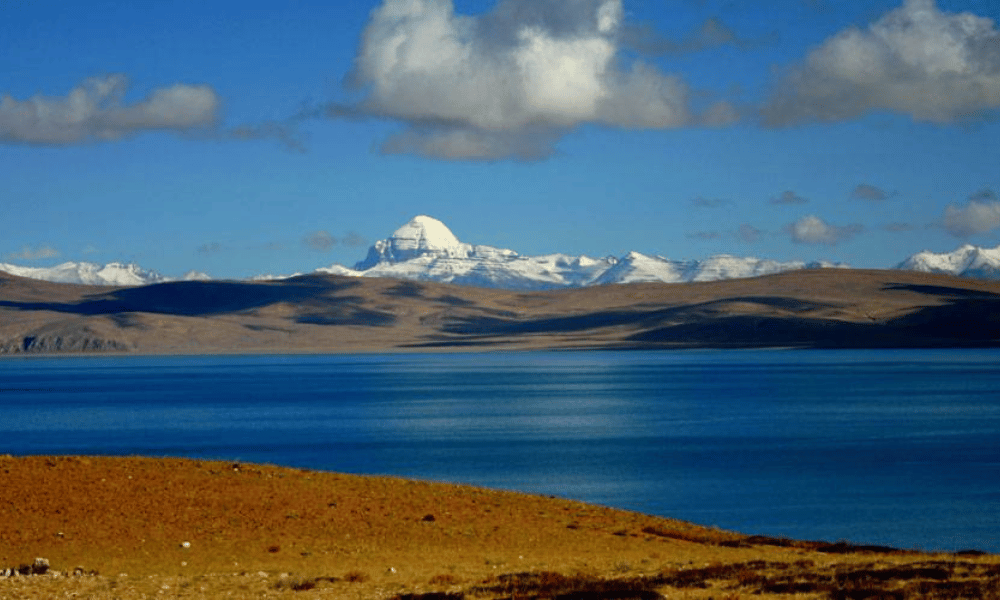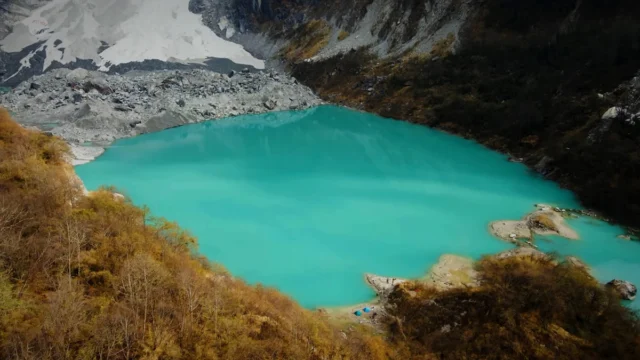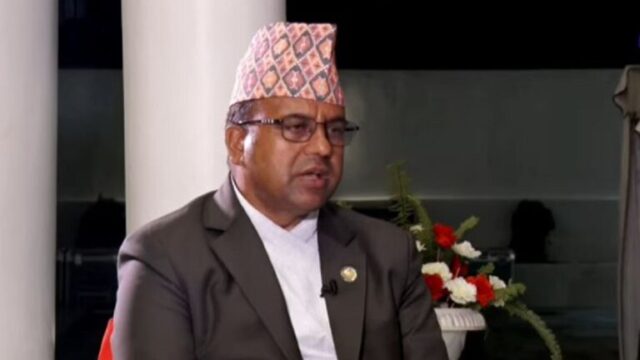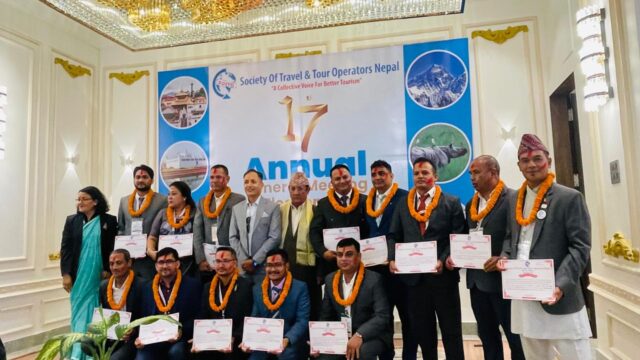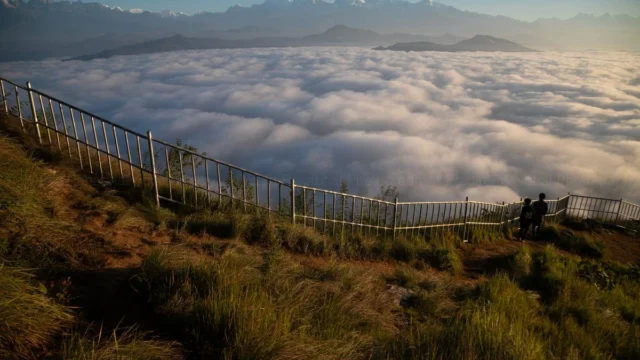With an increasing number of Nepali tourists visiting the sacred site of Kailash Mansarovar, there is a growing push to promote tourism in China’s vast Tibetan region.
In a recent event organized by Nepal Culture and Tourism Investment Pvt. Ltd., a prominent Nepali organization specializing in tourism management, the program titled “Beautiful China: Promoting Tourism in the Tibetan Region” was held to inform Nepali tourism professionals and stakeholders about Tibet’s tourism potential.
The number of Nepali pilgrims traveling to Kailash Mansarovar, a sacred site for Hindus, Buddhists, Jains, and Bon followers, has been on the rise. The program highlighted tourism opportunities across the Tibetan region, which includes five provinces of China: Tibet, Qinghai, Gansu, Sichuan, and Yunnan. An online portal showcasing photos and videos of tourist spots in these provinces was also launched today.
Ram Prasad Sapkota, Vice Chairman of the Nepal Tourism Board, expressed optimism that such programs would aid in promoting both Nepali and Chinese tourism. “Such initiatives should be driven by the tourism board, but we extend our special thanks to the organizers for their proactive approach,” he said. “With more Nepali and international tourists traveling through Nepal to Kailash Mansarovar, these programs will help in promoting Mount Kailash and related tourism activities.”
Sapkota emphasized the need for business-to-business (B2B) programs to enhance tourism promotion between Nepali and Chinese businesses. He assured that the Nepal Tourism Board would actively work on promoting Nepal’s tourism across China, including Tibet and Kailash Mansarovar, through collaboration with Chinese tourism entities.
Tourism expert Punya Prasad Parajuli highlighted the increasing number of Nepali pilgrims to Mansarovar and the need for Nepali businesses to be informed about the high-quality tourism services available there. He noted that with numerous Buddhist pilgrimage sites in the region, there is a significant opportunity for Nepali tourism businesses to bridge the supply-demand gap and benefit from this growing market.
Senior Chinese guide Chao Xuewang discussed the historical connection between Nepal and Tibet, noting that the renowned Nepali artist Araniko had built stupas in Tibet and Beijing 700 years ago. He pointed out that Nepalese-style stupas and chaityas can be seen in five Chinese provinces, including Beijing, Shanghai, and Tibet, highlighting the increasing cultural and tourism exchange between the two countries.
Li Kang, Deputy Manager of Tibet C Mountain Hushri Tourism Company, spoke about his company’s responsibility for managing pilgrimages from Nepali border points to Kailash Mansarovar. He emphasized their commitment to providing high-quality services, including healthy meals, safe accommodations, comfortable transportation, and skilled guides. Li also mentioned their plans to open a branch in Nepal next year to expand their Southeast Asian market, which includes Bangladesh, Canada, Singapore, Sri Lanka, India, and Thailand.
During the event, Kang Chichang, Chairman of Yusu Snow Leopard Table Company in Qinghai, urged attendees to visit Yusu, highlighting its rich cultural heritage and tourism resources. He emphasized Yusu’s role as a corridor connecting China with South Asia and its potential for tourism investments.
Dikesh Maharjan, representing the organizers, noted the increase in Nepali tourists traveling to China and announced competitive rates for tour packages. He also mentioned efforts to diversify tours by integrating major cities and Tibetan regions.
Currently, many tourists from Kathmandu are traveling to Mansarovar through the Rasuwagadhi border, with a notable number also arriving via air. Business representatives have confirmed that the region is well-equipped with hotels and infrastructure to manage the influx of tourists.
The Nepal Pavilion in Chengdu has been promoting Nepali tourism for the past four years, and with the recent establishment of a Nepali consulate there, diplomatic relations and cultural exchanges are expected to further enhance tourism promotion between the two countries. Nepal’s Thangka paintings and handicrafts have also been sent to Chengdu, reflecting the growing cultural exchange and partnership in tourism and trade between Nepal and China.
